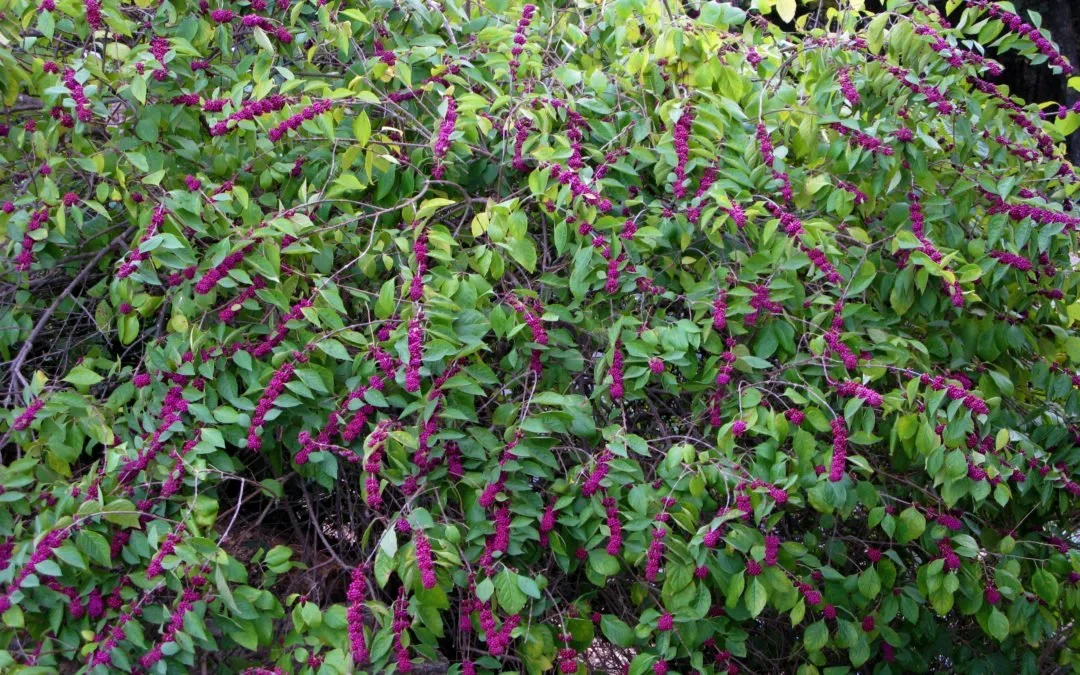How to Plant An Amazing Rain Garden
Written by Kristina Meek
A heavy summer downpour can mess up your beach plans, but you know who loves it? Plants. Some plants love it even more than others. Many of our natives, which evolved to thrive in our subtropical climate, can hardly get enough of it. On many summer days here in Florida, it rains cats and dogs and maybe alligators, too. And, as we talked about in our recent post on permeable surfaces, that wet stuff doesn’t always have a place to go.
Creating a rain garden can beautify your yard and redirect some of the water you would rather not have, say in your driveway, garage, or house. It can also filter chemicals and other impurities that wash off of pavement or roofs before they enter the water table or storm drain system.
A rain garden is a relatively easy project for any homeowner. If you rent a home with a yard, you might consider asking your landlord if they would be open to it, since it’s a win-win-win (for them, for you, and for the plants).
To get started with your rain garden, the two most important decisions are your location and your plant species. Let’s get started.
1. Choose the perfect spot
Look around your yard. Is there an obvious low-lying area that already tends to hold onto water when it rains? If that spot is at least 10 feet from your foundation, you might already have the perfect spot.
If you want to dig it out to make it a bit lower, University of Florida IFAS recommends going four to eight inches deep. Always call 811 before digging in your yard to make sure you avoid underground pipes and utility lines, and stay well away from septic tanks or wells. You may also want to seek professional guidance to make sure you don’t cause unwanted erosion or other issues.
If, on the other hand, water is collecting where you don’t want it, you will need to direct it to your rain garden destination. If your house has gutters, you can add downspouts and strategically position them to lead the water directly to the garden or into a rain barrel first. If you use a rain barrel, you can then attach a downspout or DIY pipes, guiding the water where you want it (and use any extra to water other plants).
If you don’t have gutters, you may still be able to capture runoff from your roof using barrels or troughs. For real problem areas, you may need to call in a landscape expert to help regrade your yard so that the water flows away from structures. You can measure and slope the yard yourself, but use caution as we live on quite literally “shifting sands” so a little professional help could save some headaches.
2. Pick the right species
As cheerleaders for regeneration, we encourage you to choose native or Florida-friendly plants for your rain garden. They will have the best chance to thrive and, as a bonus, offer habitat for native wildlife. (Florida-friendly plants may not be native but are able to live here without causing harm.)
Of course you will want plants that do well in saturated ground, but also consider how much sun your rain garden is going to get. Then select plants that prefer more sun or more shade, depending on your conditions. You may also want to measure your soil pH and add amendments to the soil to help your plants thrive. When you go to purchase your plants, you might want to ask for recommendations for how to improve your soil. If you compost, you can also use the results of that effort to help feed your plants.
If you’re concerned about mosquitos in your rain garden, you can use mosquito dunks according to the package directions to prevent pests from setting up shop.
Beautyberry
Select a variety of plants, mixing it up among grasses, shrubs, and flowering plants. If you have a lot of space to work with, you may consider adding a hydrophilic (water-loving) tree, like a swamp dogwood or yaupon holly.
Some grasses that could work for your rain garden include fakahatchee, wiregrass, and muhly grass.
Flowering plant options include blue flag iris, swamp sunflower, swamp milkweed, stokes aster, and scarlet hibiscus.
Your shrubs might include wax myrtle, buttonbush, or beautyberry.
The best choices for plant species will vary according to where you are in Florida, so always check for what works best in your growing zone. If you’re someplace other than Florida, check with local nurseries or universities to find information tailored to your area.
Aim for a variety of plants and remember to keep them well watered if you plant ahead of the rainy season. They will be thirsty as they get established. From then, the rain will do a lot of the work for you, but watch out for periods of drought. One of the upsides of planting Florida natives is they eventually require less work than other species might. If you take good care of your plants, they will take good care of you.
Whether or not you have a place to create your own rain garden at home, you are always welcome to help MAR plant native trees and work to make Tampa Bay more resilient and biodiverse. Check out our upcoming events for the next opportunity to volunteer with us!


